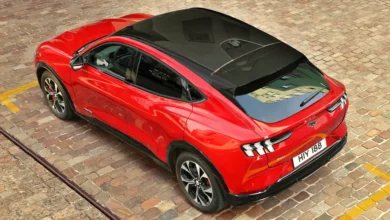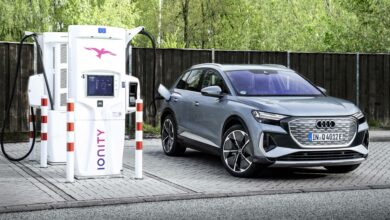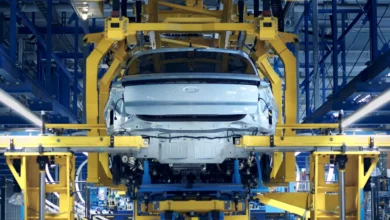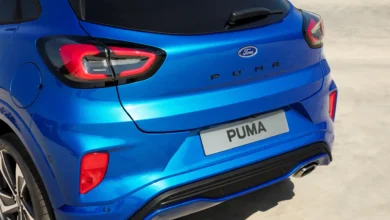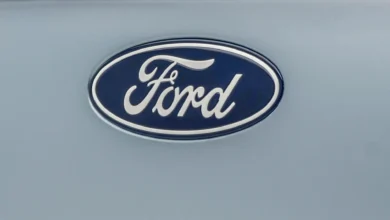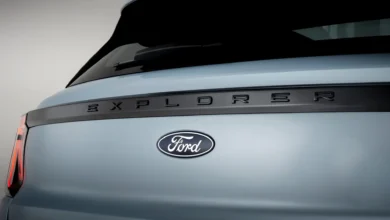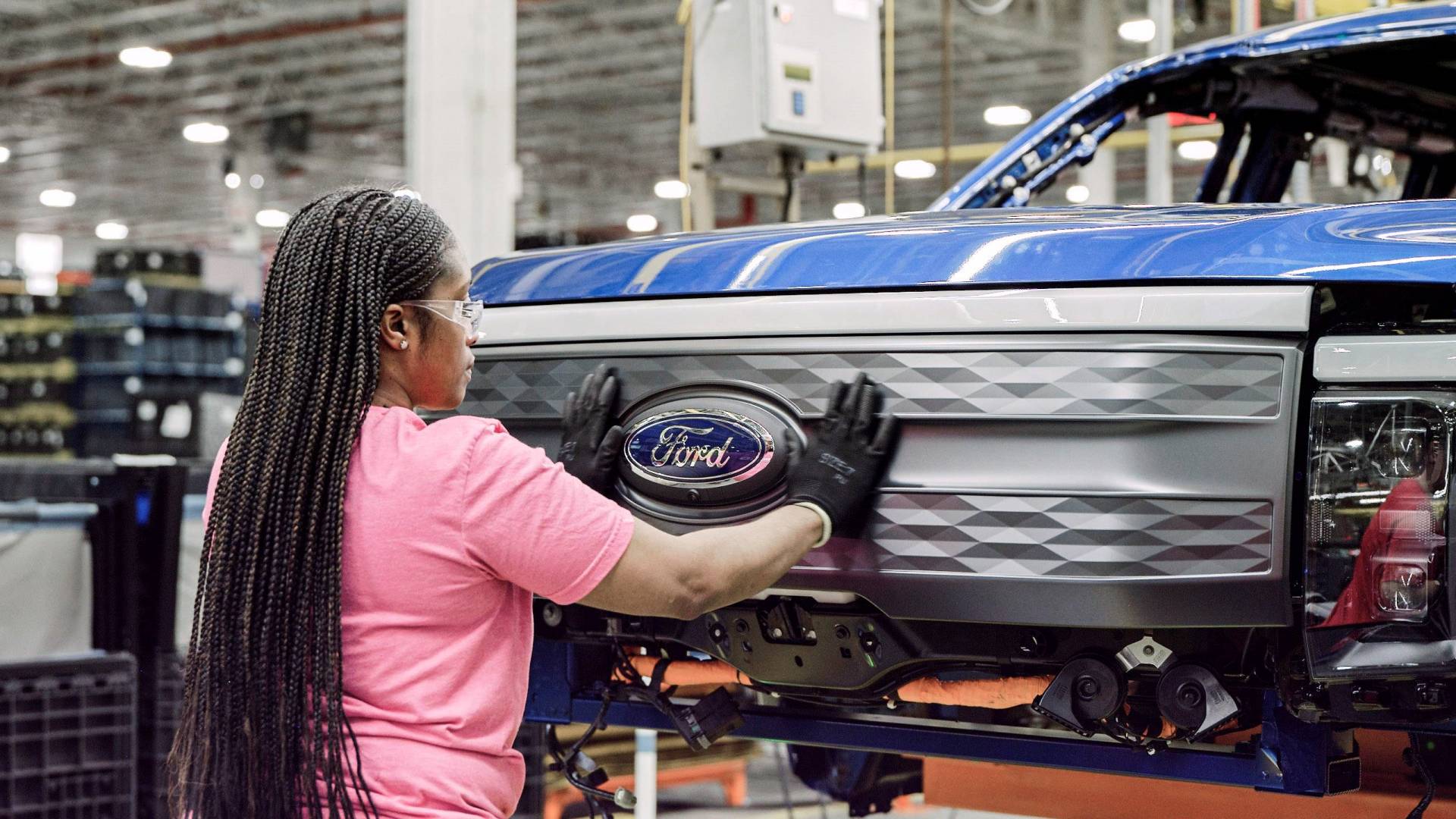
The present rules and we have to talk about Ford again in the space of a few hours. We already knew – although Ford has not confirmed it – that to make electric cars they will need fewer workers. What we also know is that mass manufacturing requires mass supplies and inputs, and Ford was working on it; rather, the Ford Model e division. Now they explain to us how they are going to do it.
Its medium-term goals are to reach 600,000 units by the end of 2023 and 2 million by 2026, for which it will have a “portfolio” of products that we already partially know: Mustang Mach-E (Mexico and China), E-Transit (USA and Turkey), F-150 Lightning (USA) and a new SUV that will be manufactured in Cologne (Germany). Ford says it has secured 100% of the batteries it will need in 2023 and 70% of those it will need in 2026.
In electrification, Ford is going to release 50,000 million dollars, partially financed by its conventional vehicle business, after improving its profitability
To this end, it has signed binding and non-binding agreements with several companies, diversifying its risks and suppliers. Moreover, it must be remembered that Ford will bet on LFP batteries for some models of access to the range, allowing significant cost savings and being able to adjust prices a little more. As of 2026, Ford has secured a supply of 40 GWh of LFP chemistry batteries in North America.
Ford’s plans between now and 2023
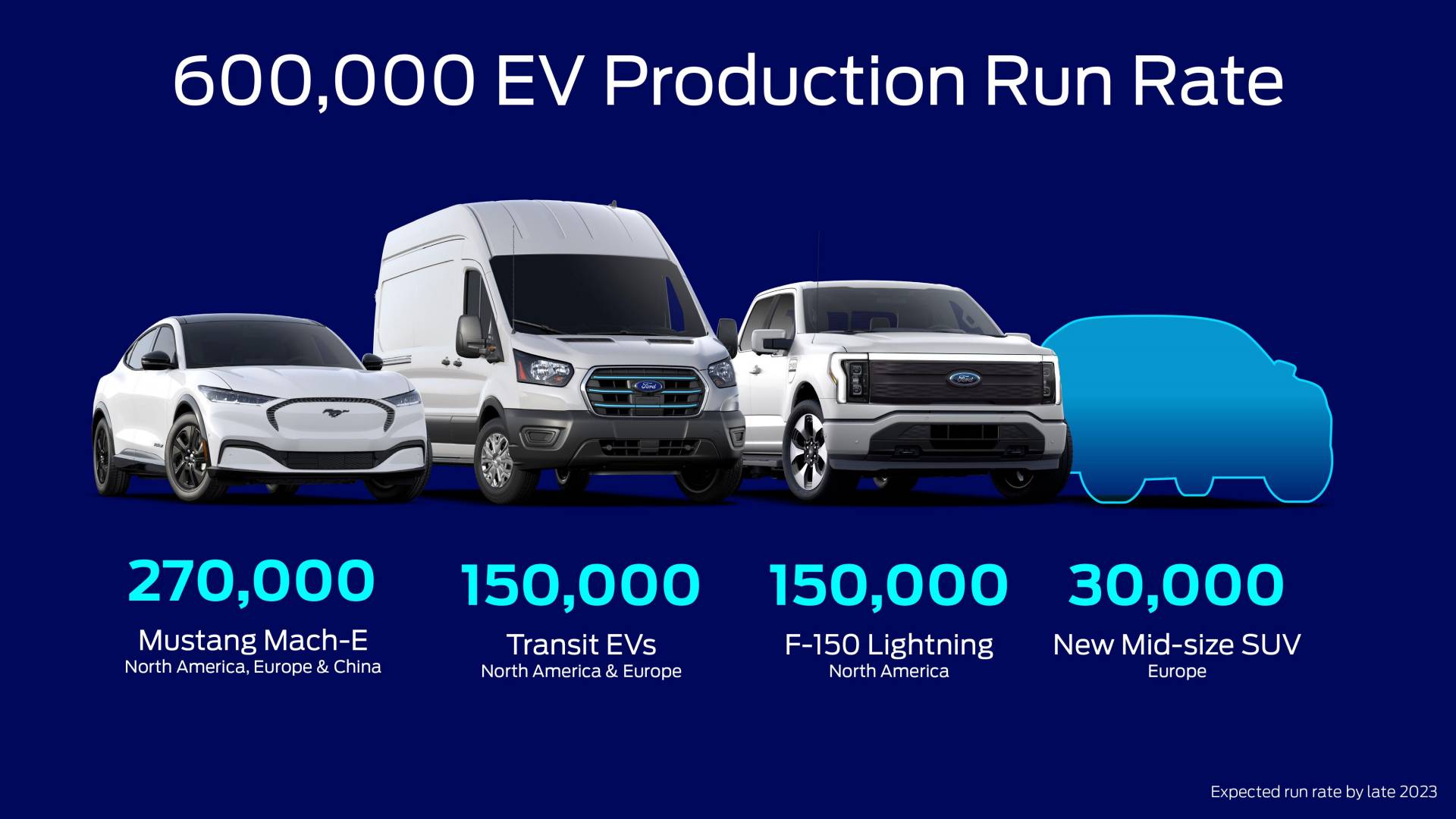
Work has already begun in Cologne to prepare to welcome the new SUV, with no name revealed, taking advantage of the usual holiday stop. One of the production lines, dedicated to the Fiesta, has been completely dismantled. Work is being done on the paint shops, new pavilions with 2,500 square meters, and measures to save energy (per year, 2,600 MWh and 2,000 tons of CO 2 less than now).
The 600,000 units will be broken down as follows: 270,000 Mustang Mach-e, 150,000 F-150 Lightning, 150,000 E-Transit, and 30,000 European SUVs (in 2024 the pace will increase “considerably” ). Ford says it has secured the supply of 60 GWh of batteries it will need for all those vehicles.
Specifically, CATL will provide the LFP cells for the Mustang Mach-E (from 2022) and F-150 Lightning (from 2024). For its part, LG Energy Solution will provide NMC cells for Mustang Mach-E and E-Transit at its factory in Wroclaw, Poland. In addition, SK On will add NMC cell capacity in Atlanta, Canada, and will also have the capacity in Hungary.
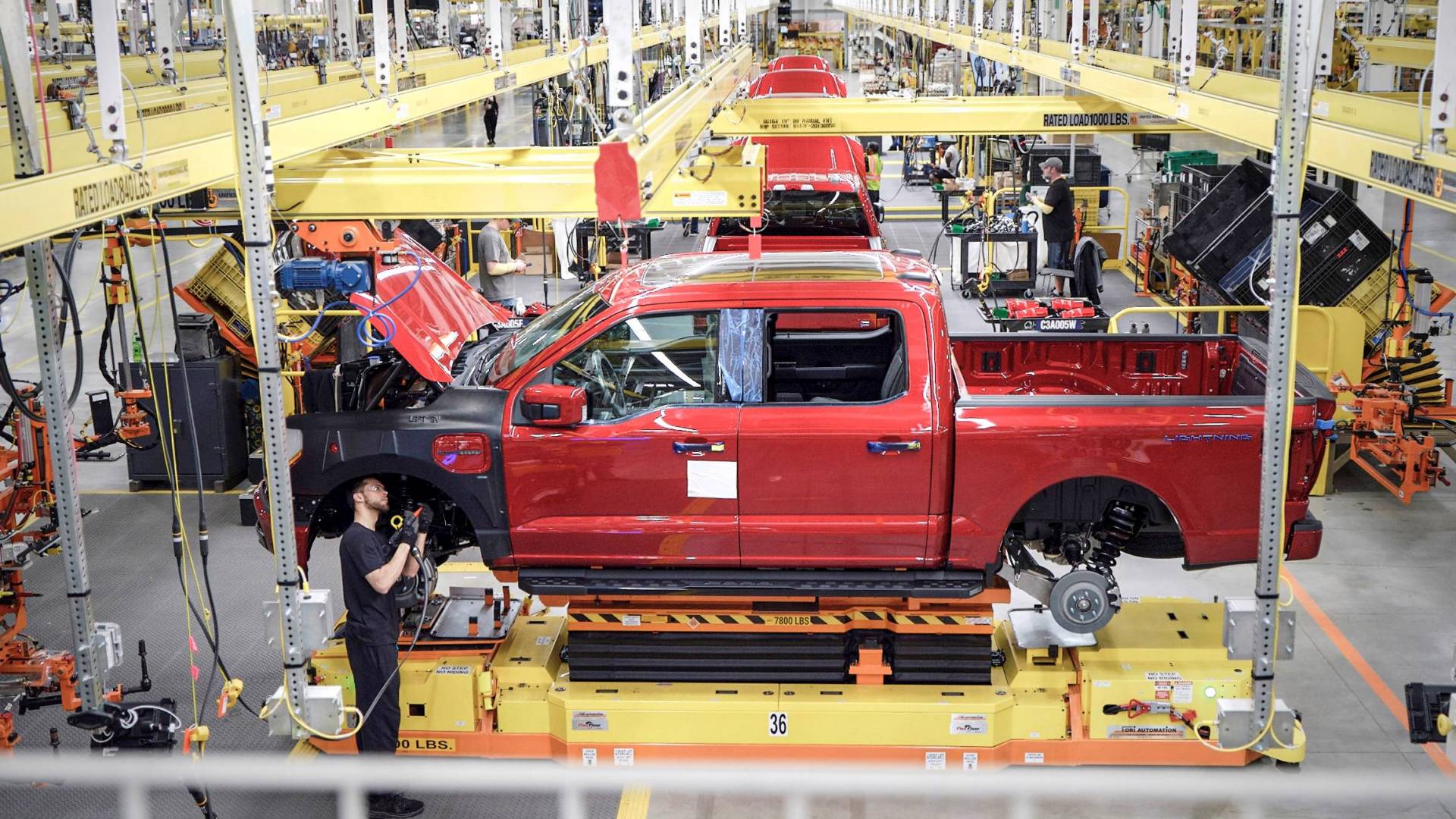
Ford has gone shopping thinking about 2026
Traditional automakers know the business and secure supplies years in advance, like when the Ford F-150 switched to aluminum. The ambitious target of 2 million units by then almost matches the 1.9 million units Tesla says it could make this year. In this chapter, things are not so tied, but they progress adequately. They do not give a forecast of sales by model, you can catch your fingers four years ahead.

We start with CATL, with whom Ford has signed a non-binding memorandum of understanding for the supply of batteries in China, Europe, and North America. It has more short ties to SK On, with whom it has a three-factory joint venture in Kentucky and Tennessee, BlueOval SK, as well as Koç Holdings in Turkey to expand capacity. The Turks will manufacture vans of different types, such as E-Transit Custom.
Ok, we’ve talked about batteries, but what about raw materials? Ford tells us it has signed non-binding agreements with Vale Canada Ltd., Australia’s BHP and PT Vale Indonesia, and Huayou Cobalt. These companies would mainly provide nickel. Regarding lithium, in addition to the contract signed with Liontown Resources (Australia), there is also a non-binding agreement with Rio Tinto in Argentina. Cobalt is not mentioned, but they talk about the ethical supply of materials, with respect for human rights.

And that’s not all. With EcoPro BM and SK On it has a non-binding agreement for the supply of battery cathodes, with ioneer it has signed a purchase agreement for lithium carbonate beyond 2025, and non-binding agreements with Compass Minerals, Syrah Resources, and SK On for lithium hydroxide, lithium carbonate and graphite from North America. All non-binding agreements are subject to change between now and 2026.
Those who gave Ford for the dead will have to redo the calculations. Mind you, the possibility of revolutionary battery technologies being used is a bit deflated. In any case, they will have to use similar chemistries, or we take advantage of the wild card of non-binding agreements as what can change. And here’s what they let us know, there may be more going on under the rug.
